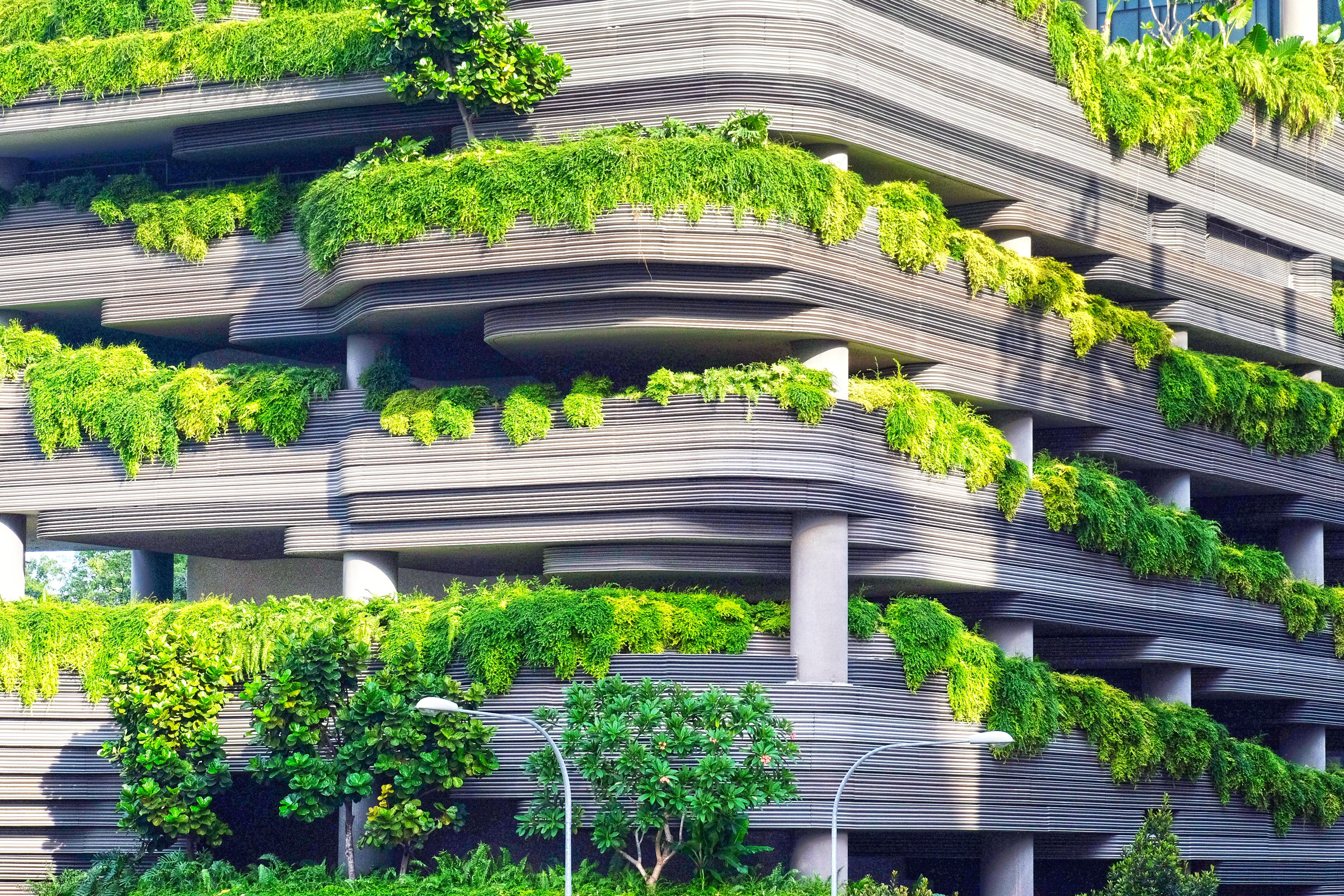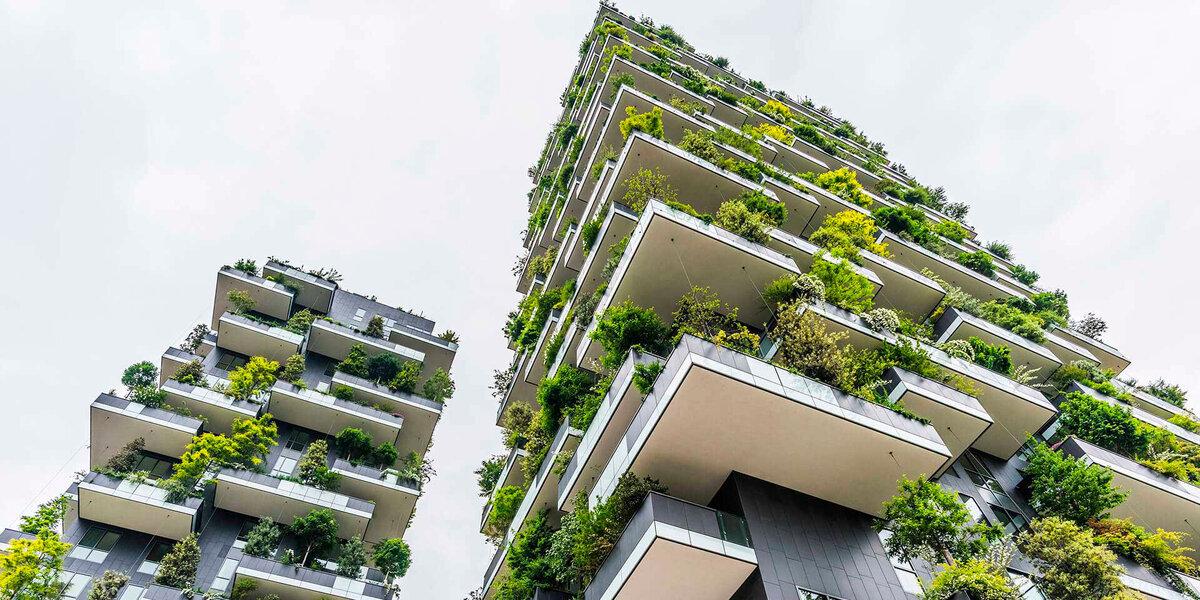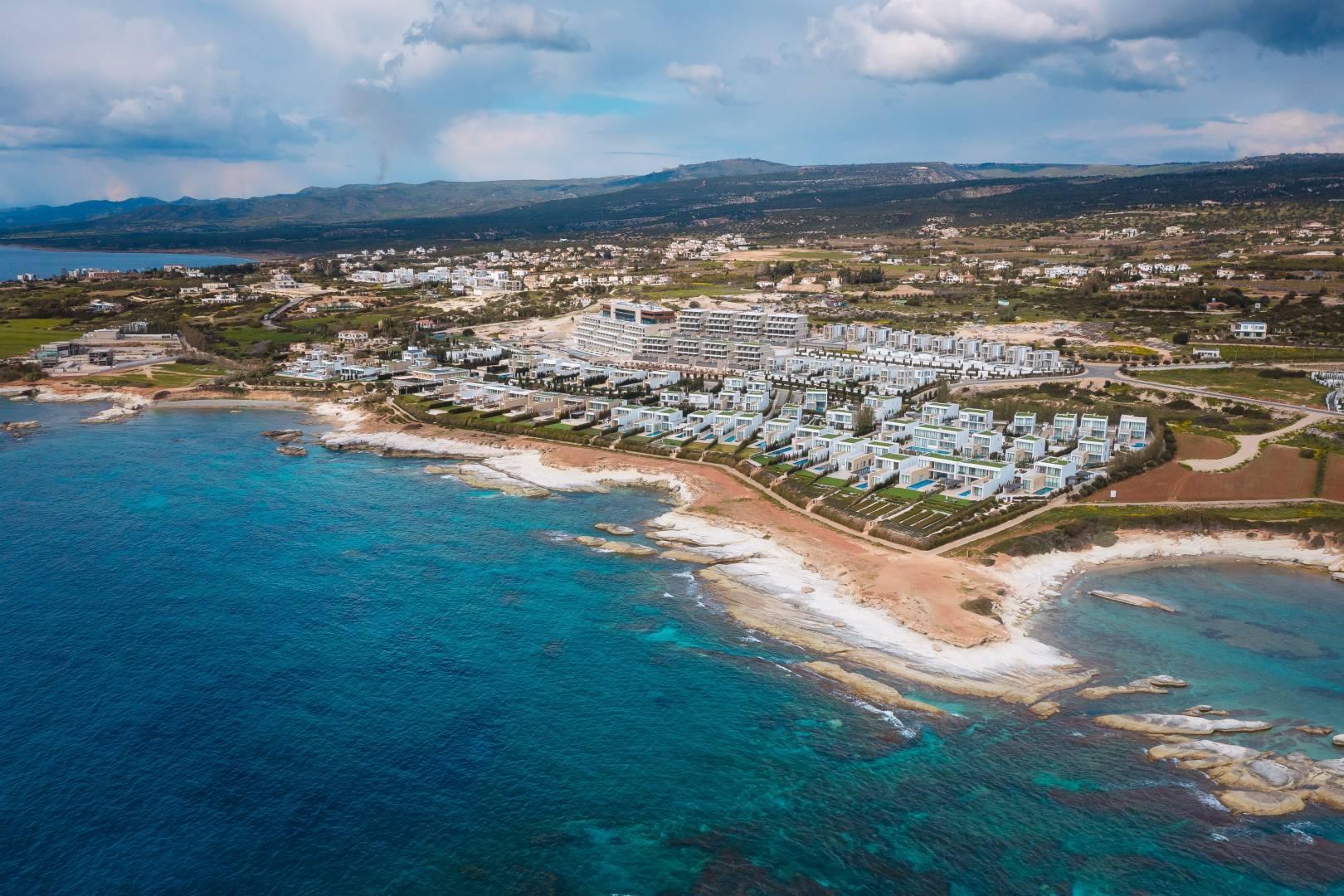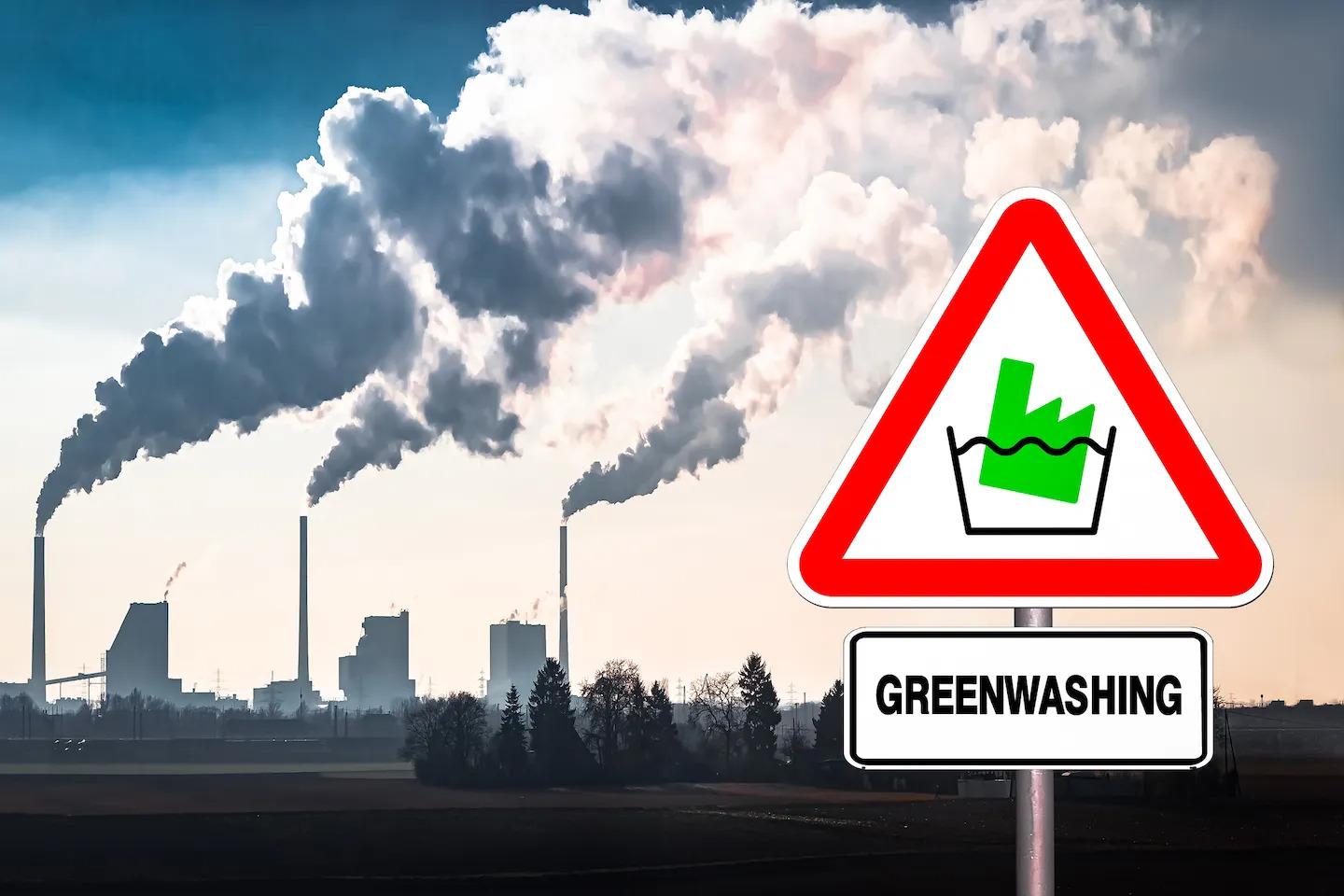The words "green standard" are increasingly appearing on the brochures of various properties, including those in Cyprus. What is it, how good and comfortable is it to live in a building built to "green standards"?
1. What is Green Building?
Green building is more than just building in a way that does not harm the environment. It is a complex, multi-dimensional concept that encompasses several aspects at once.
1.1 The concept of green standards in the global building industry
- It is generally accepted that "green standards" should be based on three aspects
- Environmental friendliness: the project does not harm the environment and even helps it, consumes a minimum of non-renewable resources and "lives" mainly on renewable resources, can produce something itself;
- Economic viability: the project should pay for itself, reduce maintenance costs for the building and its surroundings, create a market for other "green" services and products, etc;
- social benefits: improving the quality of life and comfort of the consumer, maintaining health, reducing the burden on urban infrastructure, etc.
Moreover, the concept of "green standard" does not only include the maintenance of buildings. It includes the phases of construction (environmentally friendly use of resources, environmental compatibility), repair, tenant use, decommissioning, and demolition, as well as the attitude of all those involved. In other words, it is not enough to build a building, give it an energy efficiency rating of A, plant a few trees around it and say: "This is a 'green' project! The requirements of green standards are much more extensive.
 1.2 Global standards
1.2 Global standards
The developer is free to refer to all the sustainability ratings and standards created by different organisations. For example, in Europe and Cyprus, the ESG (Environment, Social, Governance) rating philosophy is followed in the construction of buildings. This is an assessment of any project or company (they may have nothing to do with construction) and put it in the appropriate place in the rating.
One of the most popular 'green standards' is BREEAM, developed by European companies. It involves assessing a building or complex against the following criteria:
- Health and well-being of the occupants;
- Energy and water
- transport provision
- Materials used;
- Waste;
- Land use and ecology, pollution;
- Use of innovative technologies;
- management - environmentally friendly use of labour.
Another standard is LEED, which was developed in the USA but is also important in Europe. It takes into account:
- Water and energy consumption;
- Use of hazardous substances;
- Air quality;
- the organisation of waste disposal or recycling
- Land use.
Developers in Cyprus and elsewhere have the right to apply for certification to these standards.

2. "Green standards in Cyprus and the current environmental situation
The environmental problem in Cyprus is very acute. Fresh water is scarce and electricity is expensive. The island's climate allows the use of solar energy and multiple recycling of resources to provide a high standard of living without harming the environment.
Moreover, the EU has already recognised the importance of tackling the property sector: it is estimated that buildings will account for around 40% of energy consumption and 36% of carbon emissions by 2020.
2.1 Demand for sustainable housing
Analysts do not give specific figures, but they are confident that demand for green housing in Cyprus currently exceeds supply. Most of the demand comes from foreign investors who are interested in making a profit by buying environmentally friendly property.
However, locals are also beginning to take an interest in green standards. Firstly, green buildings reduce the cost of maintaining housing, and secondly, they increase in value and can then be sold more profitably.
2.2 Are there any real green projects in Cyprus?
To date, there are no projects on the property market in Cyprus that have been certified as complying with any of the above "green standards". Nevertheless, developers are already moving in this direction: fewer and fewer new buildings are being constructed with an energy efficiency class lower than B, while the comfort, business and elite classes are being presented with an energy efficiency not lower than A.

Compared to some other European countries, Cyprus is "lagging behind" in terms of the environmental friendliness of new buildings. However, the pace is increasing every year and this is due to the same demand among investors. More and more people want to buy green houses because they realise that it is an excellent and justified investment in the long term.
2.3 Contributing to the future
Cyprus has a great potential to switch completely to green building. The first is solar energy. The island has about 300 days of clear weather a year, which means that residents can switch almost entirely to solar energy alone. The second is to recycle and use water wisely. This is especially true for fresh water: the island has little rainfall, so consumption must be reduced without compromising the quality of life and comfort of the citizens. The third is to take steps to insulate homes. Yes, yes, until recently it was normal on the island to "freeze" in a home during the winter months, using an electric air conditioner to heat. This is expensive and highly unecological.
Now, builders have started to construct apartment buildings that keep rooms as warm as possible in the winter and cool in the summer. This is made possible by modern ventilation systems, materials and technologies that do not allow walls to cool down or heat up for a long time, heating systems (water-warm floors), technologies for installing windows and doors without air permeability, and so on. It is expected that in a few decades "ordinary" houses as we understand them will lose demand and be subject to demolition. The future belongs to buildings that are almost completely self-sufficient.
3. How the Cypriot authorities support "green construction"
The Cypriot government is ensuring that the island takes "steps" towards "green" trends. For example, a directive was issued in 2024 that all new homes must be zero carbon by 2030, and ALL buildings in Cyprus must be zero carbon by 2050.
The government will also ensure that solar panels are installed wherever possible to harness solar energy.
Another measure will be subsidies and payments from the government to those who have bought "green" properties. Most likely, this will initially affect the island's citizens, but it is possible that foreign investors will be able to count on certain benefits.

4. Cost of green buildings
The main problem in constructing and certifying green buildings is their cost effectiveness. To date, it has been extremely difficult to design a project in such a way that it is economically viable. As a result, many developers are not in a hurry to submit their new buildings for assessment.
4.1 The cost of energy-efficient homes today
BREEAM or LEED certified properties are very expensive - because the cost of building them and going through all the procedures is high. For this reason, 'green' housing is an elite class of housing throughout the world. However, the global community is striving to reduce the cost of certification and construction of such buildings to introduce "green standards" to all sectors of the property market, including the budget sector.
4.2 Rising and falling prices
Experts expect that the first steps towards the introduction of "green building" in Cyprus could lead to a noticeable difference in property prices. Thus, "green" complexes will be very expensive and the secondary "non-green" housing will start to lose value rapidly.
From an investment point of view, it makes more sense to invest in ecological housing. In 20-30 years, it will be practically impossible to sell an ordinary apartment. But these are just predictions for now. The best thing is to follow all the innovations in the real estate sector and to be aware of the changes in time. By the way, we invite you to visit the "Digest" section of our portal agency DOM.
5. "Greenwashing"

It is worth noting that new and good things often have a "dark side". In the case of "green standards" and sustainability in general (not just in construction), this is greenwashing. It is the misrepresentation of the environmental friendliness and usefulness of a product.
A common example is a carton of juice that says "contains only naturally occurring sugars". However, both beet and cane sugar are of natural origin. Therefore, such a claim is inappropriate and may be misleading.
In the property sector, be wary of claims by developers that a project meets "green standards". If this is the case, you should be provided with the appropriate certificate (e.g. BREEAM or LEED, mentioned above, or others - such as the Australian Green Star rating). But sometimes you can find a situation where behind a nice name using the word 'green' is a building with a high level of energy efficiency, and that's it. No doubt your energy costs will be reduced in such a house, but you will be paying more for a status that the house does not actually fulfil.
Read also:

